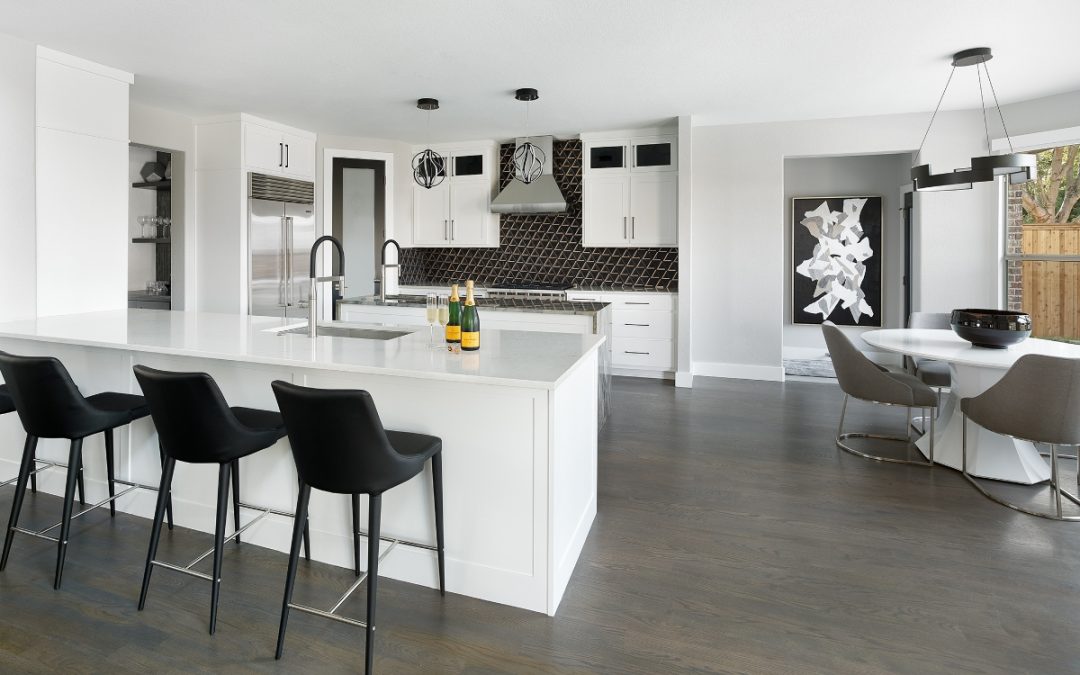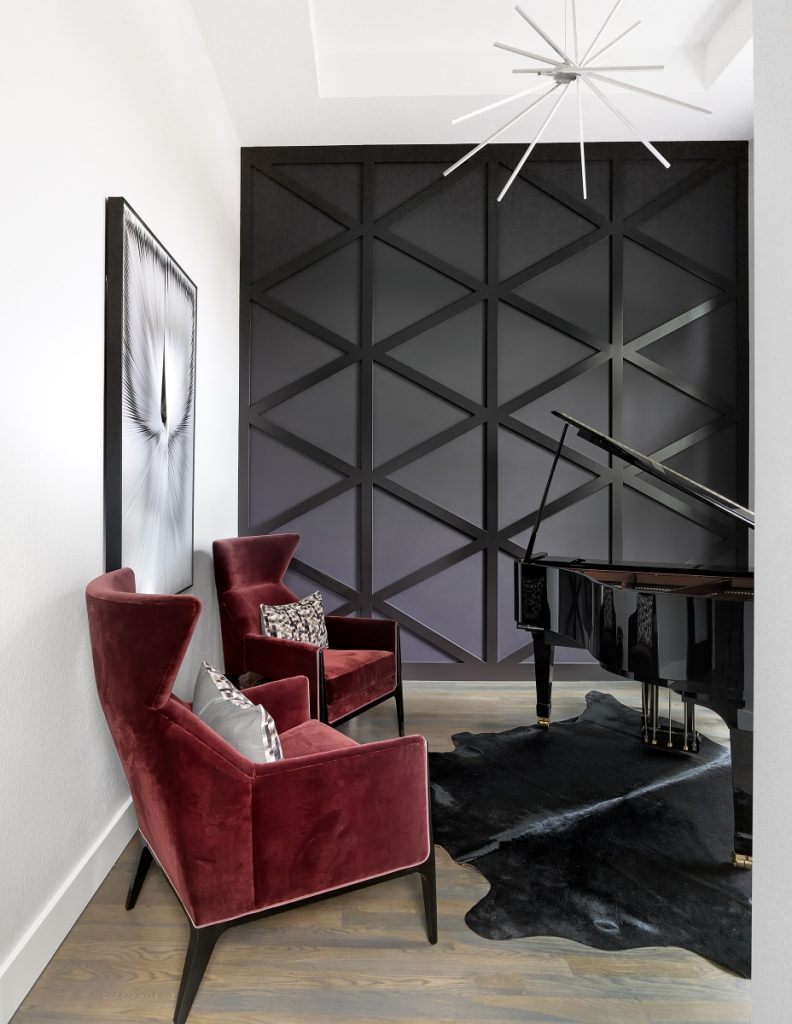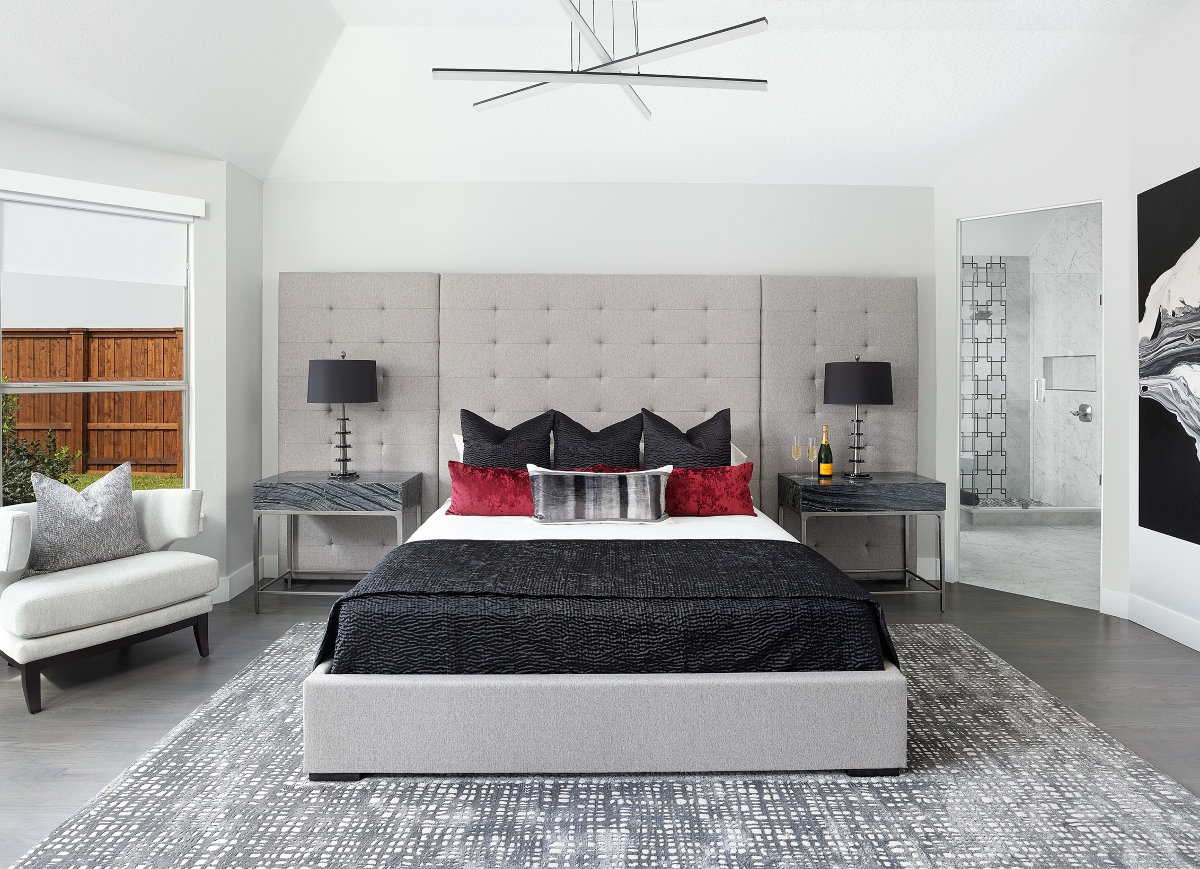You’ve done the statement-making work. It has the WOW factor. The vision is complete.
Maybe that means your architectural vision has sprung to life; or you’ve transformed the interior design of a home; or your residential development is ready for its time in the spotlight.
Whatever it is, the real question is this: Have you done the RIGHT work to ensure your project makes a splash and isn’t just a splash in the paint can?
Because, the best and only way you can share your work far and wide — and land that next awesome project — is by capturing it with beautiful and effective photography.
Now, you may be thinking… THAT’S THE PHOTOGRAPHER’S JOB! My work is over.
Wrong!
Preparation is a big part of the picture when it comes to successful photography. Here’s a quick checklist of some valuable things you can do to ensure your photographer’s camera clicks on all the right angles.
Remember What You’re Selling.
We’ve all heard it said “A picture is worth a thousand words.”
And, that’s true when it comes to commercial photography, too — especially architectural and interior design shots. It’s important to take some time to really think through how you’ll be using the photos — and then communicate that to your photographer. Perhaps you’re enhancing your portfolio, or working on an editorial feature, or updating your print ads or marketing pieces, or creating a presentation… or several of these things combined.
The usage will not only guide your photographer in the types of shots to focus on, but it will help determine the narrative of the photos, too. What story are you trying to tell? Maybe it’s how the interior spaces are tailor-made for entertaining; or maybe it’s about a particular custom-design element; or how every room has a perfect view outside; or something else entirely.
“A photographer shoots differently for architecture than for interior design; the angles, details, views, focal points, and more will all shift based on the clients and their purpose for the final photos,” says Holger Obenaus, an award-winning commercial photographer who specializes in design and architectural photography.
Choose Wisely
Second, it’s important to choose a photographer who listens intentionally to understand you and your goals for your final photos. A talented photographer is one thing, but one who also really hears you and customizes the shoot to correspond accordingly will be the best collaboration in the end.
Now, there are other important choices to make, too, such as the time of day for the shoot. You may want to consider how sunlight or dusk enhances the overall aesthetic.
Of course, some elements like weather are also beyond your control. And, that’s where a good photographer can work some magic to create a good day outside that window instead of a rainy, cloudy day, when needed.
Scout. Scout. Scout.
Once a builder, architect, and/or interior designer hands over the keys to the owners, the property quickly changes. Because, life happens. Homeowners bring in additional tchotchkes; they create clutter; they live in the space. That’s what they’re supposed to do, after all.
“In a situation like this, where we’re returning to a finished project that is currently being lived in, it’s important for both the architect or designer and the photographer to scout the space first before the shoot,” says Holger. “Evaluate what has changed from its original intent — what has been dirtied up, what needs to be cleaned, de-cluttered, and staged for the shoot.”
There’s nothing that can dampen a shoot faster than skipping this scouting part and walking onto a shoot, sight unseen, and facing a bit of an unexpected surprise.
Prep The Homeowners — or Current Tenants.
Once you scout the space — be it a residence or a commercial building — you’ll likely have identified some elements that need to change before the shoot. So, it’s important to let the homeowners or current tenants know what your intentions are. Furniture might be moved; papers might be cleared off a desk or countertop; clothes picked up off the floor; family photos or accessories might be rearranged or put away. You may even decide to hire a housekeeping team to clean the space before the shoot.
Once you’re finished with the shoot, it’s always a good point of practice to move everything back to the way you found it — sometimes taking “before” photos of the space can be helpful in that regard.
Stage Away!
There’s a good chance that, in addition to sprucing up the place, you’ll also need to bring in “props” for the shoot. A kitchen might need some photogenic food and drink; a living area might need some floral to brighten the space; bedside tables might need a book or three; master baths might need fresh sets of towels. Sometimes it’s the smallest tweaks that make the biggest difference in a photo.
This is where it’s important to speak with your photographer and collaborate on what would work best in terms of staging. An editorial shoot for a magazine is much different than evergreen shots for a website or portfolio. In the former, you might want seasonal decorations — for the Christmas holiday, for example — but in the latter, you’d want to stay away from anything specific.
“Another thing I’ve found quite frequently when we’re shooting vacation homes — or second residences — is that these homes are only used seasonally,” says Holger. “So, they definitely require some extra preparedness, staging, and attention to detail to ensure they feel comfortable and ‘lived-in’ in all the right ways.”
Often, the owners might love the changes you’ve made and even purchase some of the new furnishings or accessories you brought in for the shoot. “It’s a great marketing angle for interior designers!” adds Holger.
There is a caveat, though. Be careful not to “overstage” a space. Here again, a photographer with a good eye can be helpful in offering guidance for what needs to be added, removed, or changed to achieve the best shot for the target audiences.
Need a photographer who can help you achieve the perfect shots during your upcoming commercial photoshoot? Let’s set up a consult with Holger! [link to contact us]
To see more of Holger’s work, visit his interior design and architecture portfolios.




Recent Comments